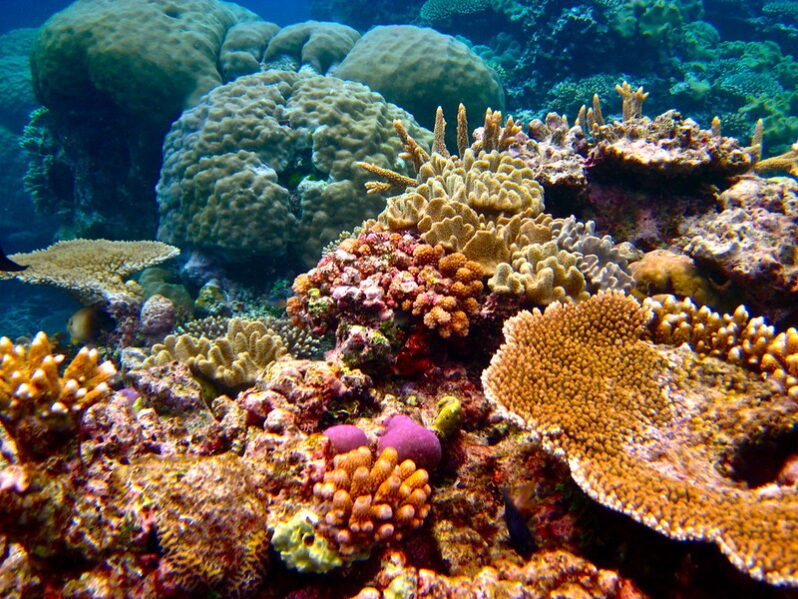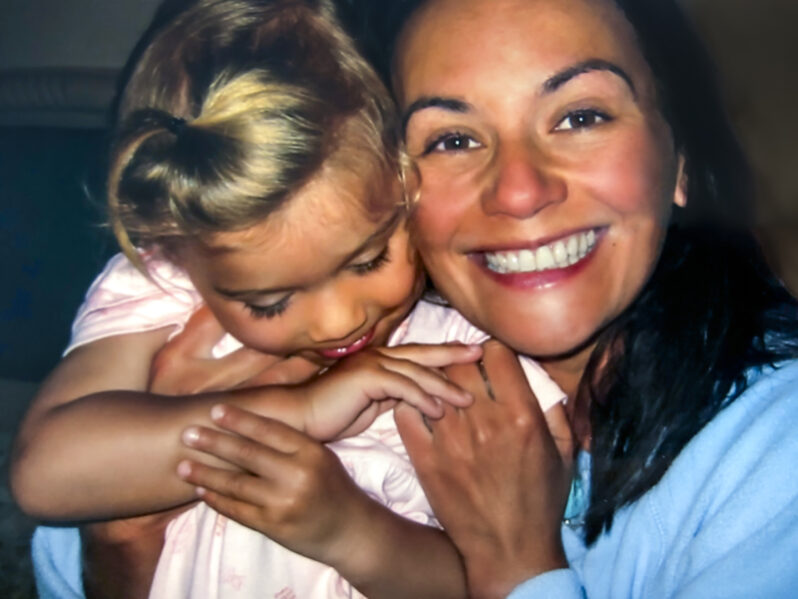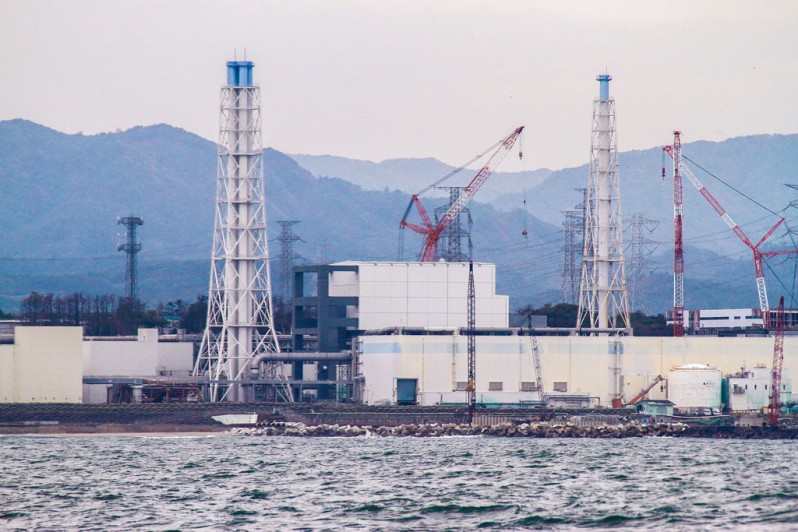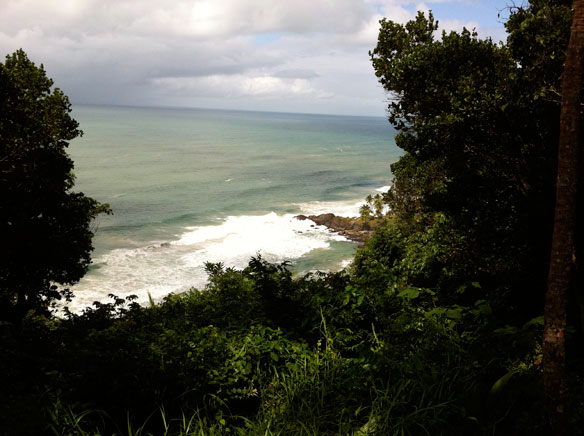Great Barrier Reef records highest hard coral cover in 36 years – Reef Builders

The Australian Institute of Marine Science has reported a 36-year coral coverage high across the Great Barrier Reef for 2021/22. The greatest coverage increases were reported in the North and Central regions of the GBR, which is in direct contrast as they have also been the regions worst affected by coral bleaching via rising sea temperatures in recent years. In the Southern region, monitoring found that coral coverage decreased slightly, but that was due to other pressures affecting coral, like Crown of Thorns starfish outbreaks. The coral genus most responsible for the increase was Acropora. The recovery is encouraging news as Acropora are also the genus most susceptible to bleaching in previous events. The Great Barrier Reef has experienced four bleaching events since 2016, but the AIMS report found that coral mortality was low during the last one.
Half of the beaches on the Costa del Sol are at serious risk of sand loss – SUR

The loss of sand is a “serious risk” for half of the beaches in Malaga province, while another 40% are at “moderate risk” and 5% at slight risk, according to a report on the Strategy for the Protection of the Malaga Coast which the Secretary of State for the Environment, Hugo Morán, presented to mayors and councilors in Malaga on Tuesday morning…
A 7m wall has gone up on a Sydney beach: are we destroying public space to save private property? – The Guardian

“We really didn’t want to build a wall,” says Bob Orth.
But Orth is one of 10 residents of Collaroy, on Sydney’s northern beaches, who have each paid $300,000 to do just that.
And not just any wall. Construction began in December on a seven-metre-high sheer concrete structure below the residents’ properties, which overlook a beach that has become notorious for dramatic erosion every time there is a big storm.
Why beach sand mining is so dangerous – Times of India

Beach sand mining has been illegal since 1991 when the Coastal Regulation Zone Rules were first notified thirty years ago. Although illegal mining on beaches has continued nevertheless, the scale has been comparatively lesser than in rivers, where it has devasted entire swathes of land and water. Major Indian rivers like the Ganga, Yamuna, Godavari and Kaveri face existential threat…
Welcome to Coastal Care !

It’s 2022 and CoastalCare.org has a NEW LOOK . . . Originally launched in 2010 by the Santa Aguila Foundation, CoastalCare.org was established in loving memory of young Aguila, whose favorite playground was the shoreline of the Atlantic Ocean, an exceptional natural environment of unspoiled sandy beaches. Committed to the idea that every child has […]
In Memory and Appreciation of Claire Le Guern

It is with great sadness that I write to report that Claire le Guern, the heart and soul of Coastal Care, passed away in early July of cancer.
Fukushima: Japan announces it will dump contaminated water into sea

Japan has announced it will release more than 1m tonnes of contaminated water from the wrecked Fukushima nuclear power plant into the sea…
Dizzying pace of Biden’s climate action sounds death knell for era of denialism

For a landmark moment in the global effort to stave off catastrophic climate change, Joe Biden’s “climate day” at the White House was rather low-key…
The world’s largest wetlands are on fire. That’s a disaster for all of us

South America’s Pantanal region has been hit by the worst wildfires in decades. The blazes have already consumed about 28% of the vast floodplain that stretches across parts of Brazil, Bolivia and Paraguay. They are still not completely under control.
